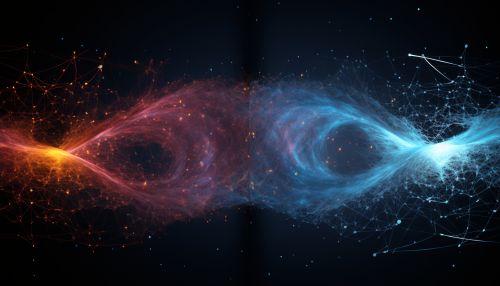The Physics of Quantum Cryptology
Quantum Cryptology: An Overview
Quantum cryptology is a branch of cryptography that employs the principles of quantum mechanics to secure information transmission. It represents a fusion of classical information theory and quantum physics, providing a new paradigm for secure communication.


Principles of Quantum Cryptology
Quantum cryptology is based on two fundamental principles of quantum mechanics: superposition and entanglement.
Superposition
In quantum mechanics, superposition refers to the ability of a quantum system to exist in multiple states simultaneously. This principle is leveraged in quantum cryptology to create quantum bits, or qubits, which can represent both 0 and 1 at the same time, unlike classical bits that can only represent one state at a time.


Entanglement
Quantum entanglement is another fundamental principle of quantum mechanics. It refers to a phenomenon where two or more particles become interconnected and the state of one particle immediately influences the state of the other, regardless of the distance between them. This principle is used in quantum cryptology for secure key distribution.


Quantum Key Distribution
Quantum Key Distribution (QKD) is a secure communication method that implements a cryptographic protocol involving components of quantum mechanics. It enables two parties to produce a shared random secret key known only to them, which can then be used to encrypt and decrypt messages.


Quantum Cryptology vs Classical Cryptology
Quantum cryptology offers several advantages over classical cryptology. The most significant advantage is the ability to detect eavesdropping. In classical cryptology, an eavesdropper can intercept the communication without being detected. However, in quantum cryptology, due to the nature of quantum mechanics, any attempt to measure a quantum system will disturb the system, making eavesdropping detectable.


Challenges and Future Perspectives
Despite its potential, quantum cryptology also faces several challenges. The technology required for implementing quantum cryptology is still in its infancy, and there are significant technical hurdles to overcome. However, with the rapid advancement in quantum computing, the future of quantum cryptology looks promising.


